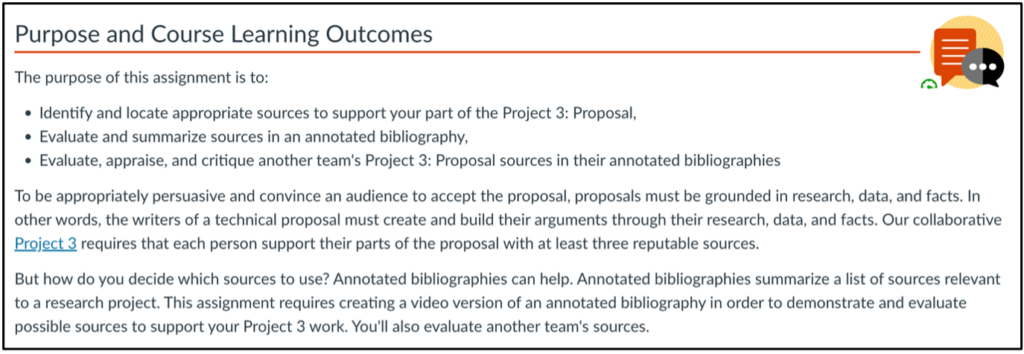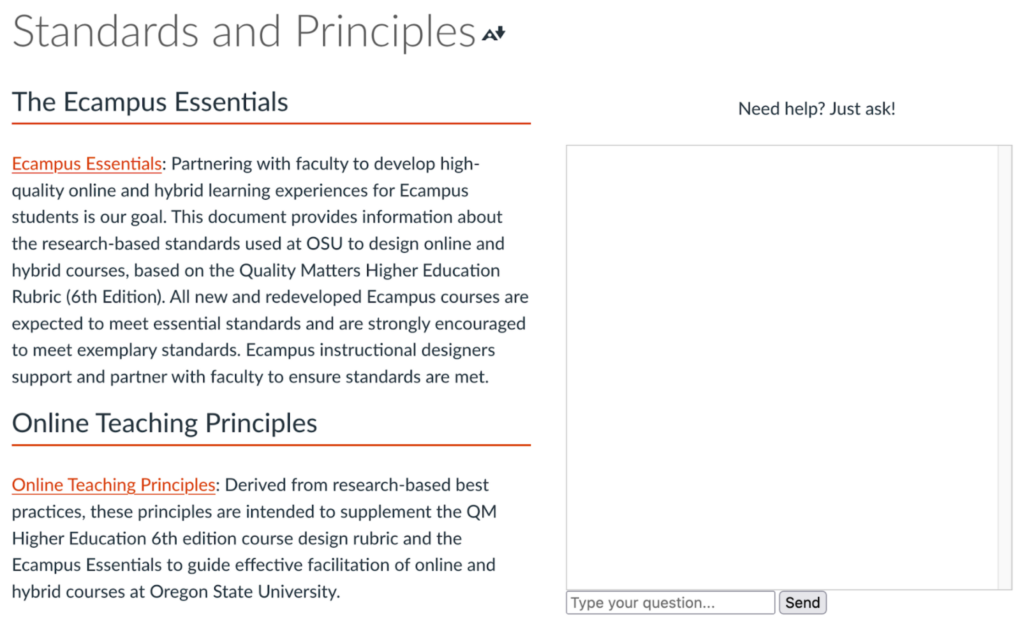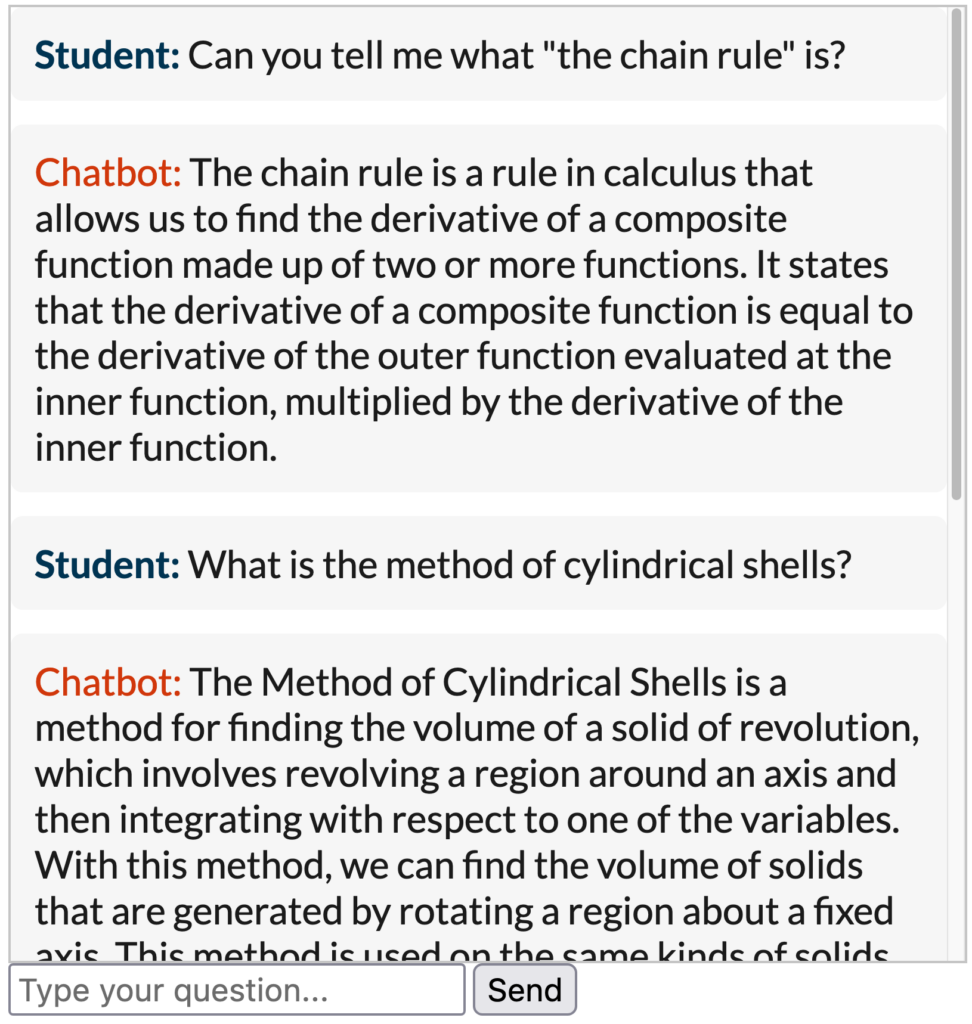As a follow-up to discussing equity in grading and group work, Feldman (2019) offers a compelling case against the use of extra credit. “But wait a minute,” I can hear you saying, “Extra credit is optional—students have to opt-in if they want to do it! And it can be fun! What’s wrong with that?” Many instructors may think of extra credit as a way to benefit students and give them extra opportunities in a course, especially at the end of a term, to improve their grade, take on additional challenges, and demonstrate additional skills they have learned. (I know I thought about extra credit that way at one time!) However, there is more at play with extra credit than you might think. Let’s return to Feldman’s three pillars of equitable grades:
- “They are mathematically accurate, validly reflecting a student’s academic performance.
- They are bias-resistant, preventing biased subjectivity from infecting our grades.
- They motivate students to strive for academic success, persevere, accept struggles and setbacks, and to gain critical lifelong skills” (Feldman, p. 71).
With these three pillars in mind, let’s examine some potential issues with extra credit:
- Accuracy: There are many ways extra credit can obscure what information a grade includes. First, it can be used to incentivize certain behaviors, which obscures a grade by not assessing academic performance or learning. (For example, extra credit for turning things in on time.) Second, it can obscure whether a grade reflects what students know by turning grades into a commodity (more about this below). In this way, grades are a reflection of how many points students are able to accumulate, not necessarily how much they have learned or whether they have met all of a course’s learning outcomes.This kind of extra credit can unintentionally signal to students that their behavior and non-academic performance in a course is more important than their learning.
- Bias: Sometimes extra credit is awarded to incentivize students to participate in extra events or opportunities, like attending a webinar, guest lecture, local event, etc. However, in addition to treating grades like a commodity, this kind of incentive also makes it difficult for students without outside resources or help to engage. What about students without the money for event tickets, transportation, child or family care, and/or without the time away from work, family, etc.? They are unable to participate, even if they want to, due to external factors outside of their control. And often these are the students who could potentially benefit the most from additional points if they are already struggling because of these exact conditions. For extra credit that provides extra challenges beyond the course materials, only the students already doing well will be able to participate and benefit from the opportunity, additionally shutting out students who are already behind.
- Motivation: Having extra credit, especially at the end of the course, can also be damaging to student motivation, as it places an emphasis on grades and points instead of learning. For example, some students may prioritize obtaining a desired grade above learning important content, while other students may use extra credit to bolster a weak area they were unable to fully grasp, thereby giving up on learning that material entirely. Both of these potential mindsets set students up to focus on a product (grade) more than learning and any future perspectives they might have about their learning.
One additional issue of extra credit to consider is the additional work and time on instructors for both designing additional assignments and grading the extra work, especially at the end of a term when there is usually a plethora of assignments, exams, and projects to grade.
“If the work is important, require it; if it’s not, don’t include it in the grade.”
Feldman, p. 122.
So, what options can we give students that are more equitable as an alternative to extra credit? Instead of creating additional assignments, allow students to revise and resubmit work. This shift can help support students by encouraging them to learn from past mistakes, build on their learning, and see their growth over time. Revisions and resubmissions don’t have to only happen at the end of the term, so instructors can also consider timing of revisions based on course design, formative and summative assessment timing, and their own workloads. It also helps students who may be struggling with outside barriers to have additional attempts to complete work they may have missed. It also means that students cannot opt-out of important work or concepts because they cannot substitute those points from other areas of the course. Lastly, it saves the instructor time from designing and implementing additional assignments and complicated grading setups at the end of a term when instructors are often the busiest. While the use of extra credit is often from a place of good intentions, I hope this brief outline helps recontextualize how it may have a larger, negative impact in your course than you may have initially thought, as well as a strategy for replacing it in your course designs.
References
Feldman, J. (2019). Grading for equity: What it is, why it matters, and how it can transform schools and classrooms. Thousand Oaks, CA: Corwin.











